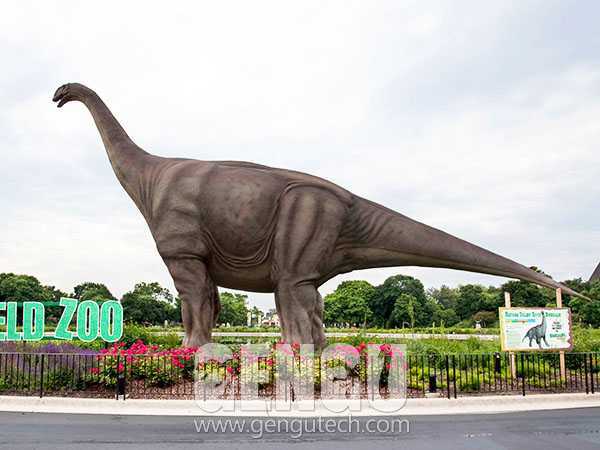What materials are commonly used for realistic dinosaur costumes?
Introduction
The allure of dinosaurs has always captivated our imagination, leading us to explore creative ways of connecting with these ancient creatures. One remarkable way to bridge the gap between the past and the present is through the creation of realistic dinosaur costumes. These costumes transport us to a world where giant reptiles once roamed, and in order to achieve this realism, selecting the right materials is paramount. In this article, we delve into the key materials commonly used to craft lifelike dinosaur costumes that breathe life into the past.
Foam: The Foundation of Realism
At the heart of many realistic dinosaur costumes lies foam - a versatile and essential material for creating the structure and bulk of the costume. High-density foam is often the preferred choice as it can be carved, shaped, and molded into the desired forms of different dinosaur body parts, from heads and bodies to limbs and tails. Its lightweight nature ensures that the costume remains manageable and comfortable for the wearer.
The foam serves as the canvas upon which the intricate details of the dinosaur's anatomy and skin texture are built. Artists and creators often layer additional foam to create muscle definition, scales, and other features that give depth to the costume. The flexibility of foam allows for a certain degree of movement while still maintaining the shape and appearance of the chosen dinosaur species.
Fabric: Bringing Skin to Life
The skin of a dinosaur costume is where the creature's realism truly comes to life. Selecting the appropriate fabric is crucial in achieving an authentic appearance. Texture, color, and durability are key factors to consider when choosing fabric.
Faux fur, for example, can mimic the appearance of fur-covered dinosaurs like Velociraptors and smaller theropods. Fabrics with scale-like textures are ideal for larger, scaled dinosaurs like Tyrannosaurus rex. By combining different fabrics and textures, creators can mimic the intricate skin patterns of various dinosaur species.
Elastic fabrics, such as spandex, are often used for the areas of the costume that require flexibility and movement, such as joints and areas that need to expand and contract during wear. These fabrics ensure that the costume is both visually accurate and comfortable for the wearer.
Paint and Pigments: Adding Depth and Detail
Paint is the artist's tool that breathes life and authenticity into a dinosaur costume. Acrylic paints are commonly used due to their versatility, adherence to various surfaces, and ability to produce vibrant colors. The application of paint is a meticulous process that involves layering various shades to create the illusion of depth, shadow, and highlights on the costume's surface.
The texture of the paint is just as important as the color. Artists often use techniques like dry brushing, stippling, and sponge painting to achieve realistic skin texture. These techniques bring out the nuances of the skin, such as the appearance of rough scales, creases, and weathered areas. Properly executed paintwork is what gives the costume a tactile sense of authenticity.
Plastic and Resin: Eyes, Teeth, and Claws
The eyes, teeth, and claws of a realistic dinosaur costume demand special attention, as they are key features that capture the essence of the creature. Plastic and resin are often used to create these elements due to their durability, malleability, and ability to mimic the appearance of teeth, claws, and eyes.
For eyes, transparent plastic or acrylic can be sculpted and painted to resemble the gaze of the chosen dinosaur species. Teeth and claws can be crafted using lightweight resins, molded and shaped to mimic the size, shape, and texture of actual dinosaur teeth and claws. Properly crafted eyes, teeth, and claws contribute significantly to the overall realism and impact of the costume.
Wire and Structure: Support and Flexibility
While not directly visible in the final product, the underlying structure of a realistic dinosaur costume is essential for stability, support, and flexibility. Lightweight wires, such as aluminum or PVC, are often used to create a skeleton or framework that supports the foam and fabric layers. This framework provides structure while allowing for movement and posing.
Wire armatures are particularly useful for creating long, flexible tails that can sway and curl realistically. Additionally, wire supports can be used in the limbs to achieve a sense of proportion and articulation.
Conclusion
The creation of a realistic dinosaur costume is an art that relies on a carefully curated selection of materials. Foam forms the foundation, fabric brings the skin to life, paint adds depth and detail, and plastic or resin create the vital features that draw the eye. These materials, combined with skillful craftsmanship, transform the vision of a prehistoric creature into a tangible reality. As creators continue to push the boundaries of artistic innovation, the authenticity of dinosaur costumes will only evolve, taking us on a journey back in time with each finely crafted scale and intricately painted eye.



